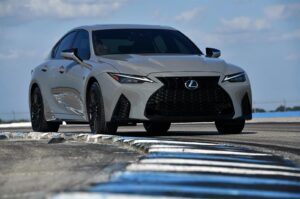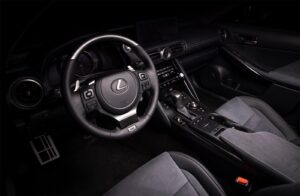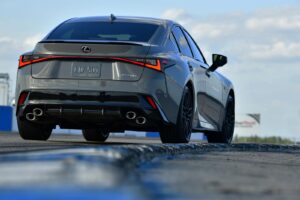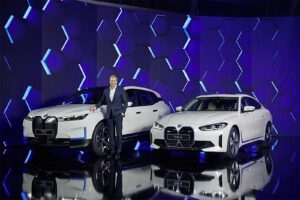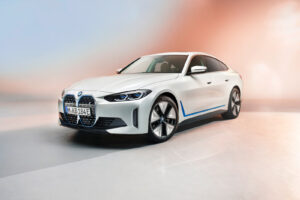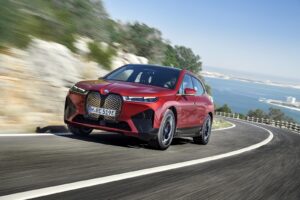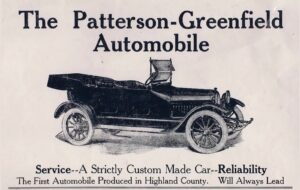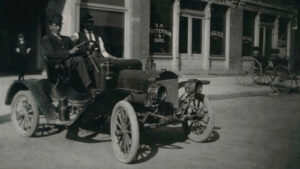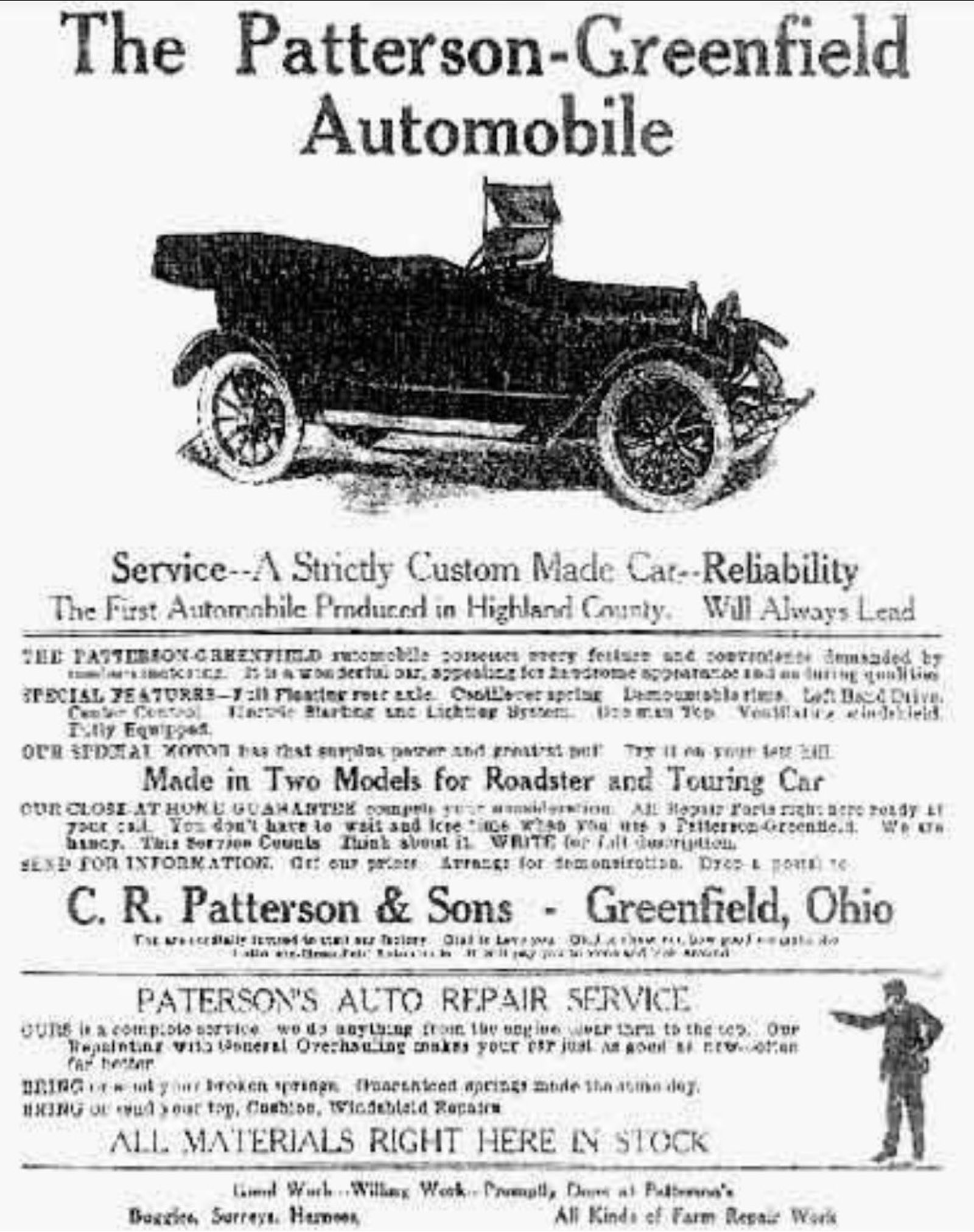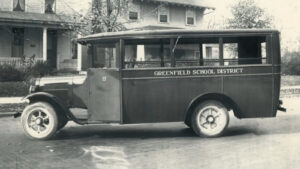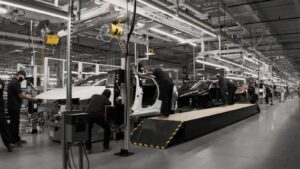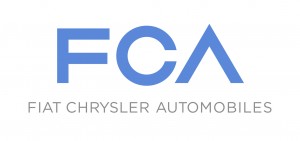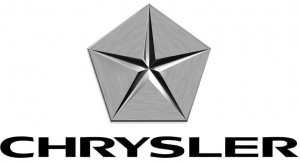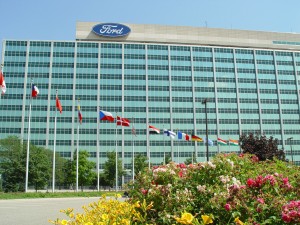
Meg Whitman, a technology leader and former head of Hewlett Packard Enterprise, will join the General Motors Board of Directors.
What was already the most diverse board of directors in the automotive industry just go a little more so, General Motors Co. expanding its board, adding Meg Whitman and Mark Tatum to fill the spots.
The move grows GM’s board from 12 to 13 members. Adding Whitman, a former Republican gubernatorial candidate in California and CEO of Quibi Holdings LLC, a media startup, results in women filling seven of the posts on the board. It makes GM the only automaker where women comprise a majority of the board.
Tatum, who is of Asian and African-American heritage, is the National Basketball Association’s deputy commissioner and chief operating officer. Diversity within the company has been a priority for Chairman and CEO Mary Barra since her appointment in 2013.
Diversity is a strength
GM quickly pointed out that the diversity of the company’s newly expanded board isn’t just limited to gender or ethnic background.
The company’s 12 independent directors have senior leadership and board experience in information technology, digital commerce, retail, higher education, investment management, international affairs, defense, transportation, cybersecurity, and pharmaceuticals, among others.
“Our diverse Board of Directors is a competitive advantage for GM as we work to deliver a better, safer and more sustainable world,” said GM Chairman and CEO Mary Barra. “Mark and Meg will bring unique experiences to the Board, especially in technology, brand building and customer experience that will help us drive value for shareholders and other GM stakeholders now and into the future.”
Diversity is a focus in the company’s executive ranks as well. Barra’s overseen a significant shift of women into higher level roles at the company during her tenure. Some of those include Dhivya Suryadevara as Chief Financial Officer, the first-ever woman to hold the job, and Alicia Bolder Davis as the Head of Global Manufacturing.
Others include Ann Cathcart Chaplin, corporate secretary and deputy general counsel; Margaret Curry, vice president, Tax and chief tax officer; Julia Steyn, head of urban mobility and Maven; Kimberly Brycz as senior vice president, Global Human Resources; and Pamela Fletcher, vice president, Global Electric Vehicle Programs. Both Boler Davis and Suryadevara left the company for other opportunities in the last 18 months.
Results are showing

Mark Tatum, deputy commissioner and chief operating officer of the National Basketball Association, will join the General Motors Board of Directors.
The push to diversify, at least by gender, is beginning to get noticed. GM was the top ranked company in the U.S. on the Gender Equality Global Report & Ranking for 2021. It was No. 5 globally, with a score of 71%, up from No. 11 and a score of 68% last year. GM was the only automaker in the Top 100.
Researchers noted GM achieved gender balance at the board level (at the time the report was issued, there were six women on GM’s board). Additionally, women represent 20% of the executive team, 32.2% of senior management and 21.8% of the workforce.
“They offer a living wage and flexible work arrangements to their employees. General Motors is the only company in the U.S. and globally that publishes a mean, unadjusted gender pay gap of less than 3% in all pay bands, and they have a strategy to close the gender pay gap. General Motors also publishes all eight of Equileap’s recommended policies that promote gender equality,” the report noted.
It is compiled by Equileap, a data research firm, which researched 3,702 companies based on 19 gender equality criteria, including gender balance from the board to the workforce, as well as the pay gap and policies relating to parental leave and sexual harassment. The average score for the Top 100 companies globally was 64 percent, an increase of 2 percentage points from last year.
Other automakers making moves
GM’s top domestic rival, Ford Motor Co., currently has three women on its board of directors and nominated a fourth, Alexandra Ford English, daughter of current Executive Chairman Bill Ford Jr., who is virtually assured of election to the board later this year.
Ford English, 33, recently accepted another board position that elevated her profile. She took on the role as Ford Motor Co.’s representative to the Rivian board of directors. Ford Motor owns an equity stake in the EV maker. She’s held roles in corporate strategy at companies like Tory Burch and Gap Inc. as well as the automaker, which she joined in 2017.
The company’s global workforce is 28% female and 20% of its leadership comprises women. Some of it is top officers include Joy Falotico, president, The Lincoln Motor Co.; Lisa Drake, chief operating officer, North America; Suzy Deering, chief marketing officer; Dianne Craig, president, International Markets Group; Elena Ford, chief customer experience officer; Cathy O’Callaghan, vice president, Controller; and Kiersten Robinson, chief people and employee experiences officer.
Falotico, Drake and Deering have all moved into their roles in the last 12 months with the first two moving from other jobs within the company. Deering arrived at the automaker in January from eBay, where she was global chief marketing officer. She actually took over for Falotico, who now focuses solely on running Lincoln.
/**/


